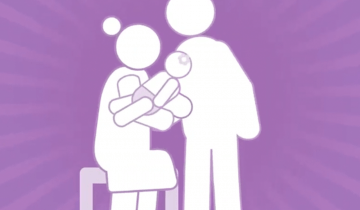LittleWins harnesses the power of community to empower people with disabilities with the tools they need to thrive! From buying, selling, and donating medical equipment and supplies, to obtaining needed information and connecting with others – LittleWins is the one-stop community resource for families, parents, caregivers, in-home nurses, and all people with disabilities.









